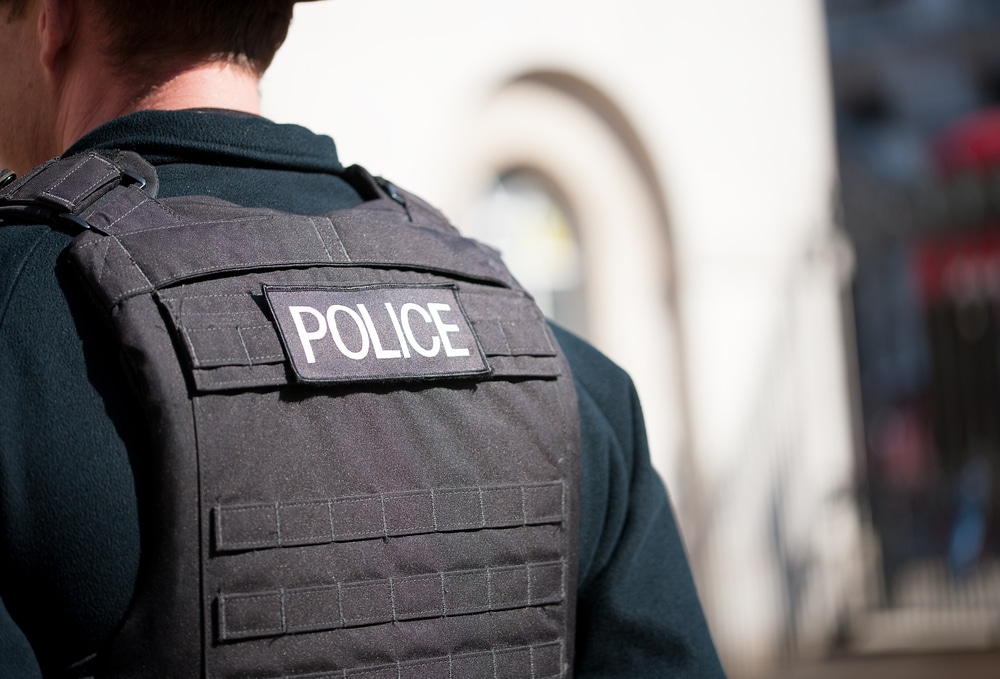
As assaults on frontline security professionals continue to rise in terms of frequency and severity, more and more organisations are rightly turning to the provision of body armour to protect their staff; but do you really know what you are buying and whether it is truly fit for purpose?
One thing is for sure, not all body armour is made the same. Consequently, when making the decision to procure the correct type there is a multitude of things to consider.
The first of these considerations is of course the outcome of your risk assessment. This may sound straight forward but you’d be surprised at how many organisations I speak with don’t have risk assessments for individual roles when specific threats have been identified – let alone a risk assessment for the appropriateness and compatibility of the body armour itself relevant to mitigate the associated risk.
There is then the matter of legitimate certification, legal compliance, mandatory training, maintenance, accommodation and more which often gets overlooked.
If there is an incident in an organisation that results in serious injury to an employee, an organisation is legally obliged to report this to the HSE (through RIDDOR) and one thing that the HSE categorically states is that the selection of PPE must be carefully considered and, if in doubt as to the appropriateness, then you must ‘seek further advice from a specialist advisor’.
How to ensure that you are buying the right PPE
The first step to buying the right body armour is taking independent advice prior to investing in what is potentially life-saving equipment. Manufacturers are very proficient at selling you what they think you need based on what they manufacture but the duty of care to your employees’ rests with you, the employer as does potential liability. Nor is it advisable to procure body armour on recommendation alone; risks are unique to an organisation – risk reduction methods will vary as will the body armour required where that residual risk remains.
PPE regulations state that the body armour must be a correct fit and must not create additional hazards, amongst other things. For example, when advising an ambulance trust, consideration must be given to the practicability of wearing said body armour. A paramedic often works in confined spaces, has considerable manual handling implications and has the patient to work with. Therefore, it may not be appropriate for a paramedic to wear hard or rigid armour as this could create additional hazards and potential injury to both the wearer and/or patient.
On the other hand, it may be more appropriate for a static security officer to wear hard armour on duty where it has been identified, through risk assessment and recent incidents, that protection from blunt force trauma is more appropriate – however, you then need to know that the body armour is genuinely certified against blunt force trauma.
Look out too for new technologies in the body armour world. In spite of it being an industry shrouded in secrecy, there are great moves to improve effectiveness of armour by introducing new means of manufacturing; many with sustainability at the heart of their operations.

Tony Welsh, ‘The Body Armour Guy’, is an independent Body Armour Consultant and offers appropriate, qualified assistance in relation to risk assessment and subsequent needs analysis, technological advice on body armour, mandatory PPE training, product compliance and conformity, post-incident responses and reports.